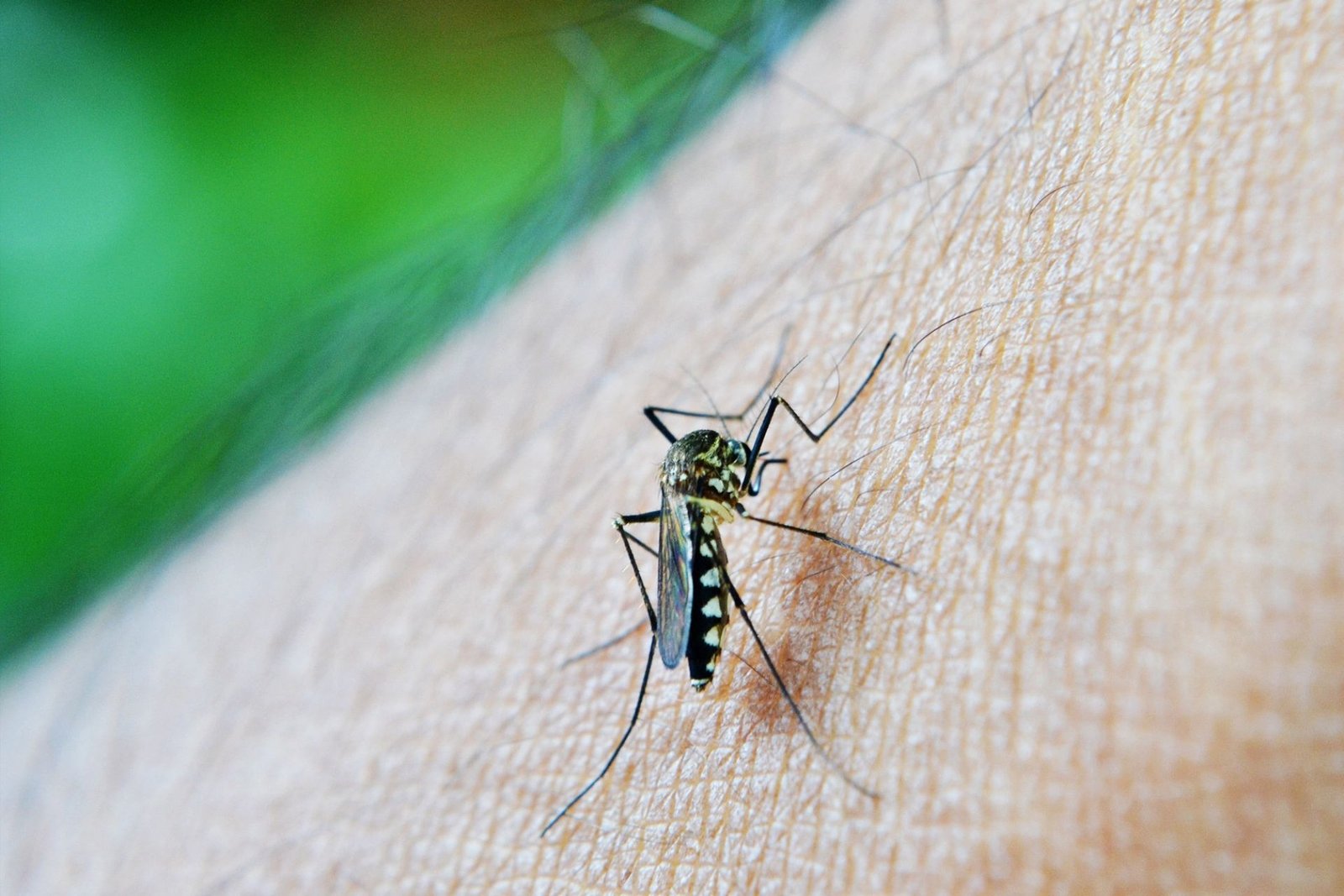HQ Team
November 18, 2022: Antimalarial drug resistance in Africa is a severe cause for concern and parasite resistance to artemisinin medicine has emerged in the Greater Mekong subregion and several areas in Africa, notably Uganda, Rwanda and Eritrea, according to the WHO.
In recent years, the WHO stated that there had been reports from Africa of emerging parasite resistance to artemisinin, the core compound of the top available medicines to treat malaria.
The global health agency has recommended six artemisinin-based combination therapies (ACTs) as first and second-line treatment for uncomplicated P. falciparum malaria.
Artemisinin and its derivatives are medicines derived from the plant Artemisia annua. It is known for rapidly reducing the number of Plasmodium parasites in the blood of patients with malaria.
Protect efficacy
“There are also worrying signs that parasites in some areas may be resistant to the drugs commonly combined with artemisinin. Vigorous measures are needed to protect their efficacy,” according to a WHO report.
In combination therapy, an artemisinin derivative (artesunate, artemether or dihydroartemisinin) partners with another drug. The role of the artemisinin compound is to reduce the number of parasites during the first three days of treatment, while the part of the partner drug is to eliminate the remaining parasites and cure the infection.
The combination therapy remains highly productive, according to the WHO. “However, there are some worrying signals: data are lacking for several countries, and contradictory findings on ACT efficacy need further assessment.
Africa relies heavily on ACTs, and a full-blown treatment failure could have grave consequences. “We don’t have that many options for malaria drugs,” said Dr Dorothy Achu, WHO’s new Team Lead for Tropical and Vector Borne Diseases for the WHO African Region.
Sub-Saharan Africa
Sub-Saharan Africa bears nearly the entire global burden of malaria, accounting for an estimated 96% of malaria cases and deaths in 2020. About four in five of these deaths were among children under five.
Despite efforts to tackle malaria in Africa over the last two decades, progress has plateaued. In many countries with a high disease burden, cases are rising. Emerging threats, such as antimalarial drug resistance, could further derail progress.
In 2016, researchers at Imperial College London modelled the potential impact of widespread resistance to artemisinin and a partner drug in Africa. Under this scenario, there would be an estimated 16 million more malaria cases yearly.
About 360 000 more severe cases require hospitalisation, leading, in turn, to nearly 80 000 additional malaria deaths annually. Under this scenario, the estimated economic impact across the African continent yearly was $1 billion.
The WHO’s new strategy recommended 20 interventions that include, for example, generating standardised data on drug efficacy and promoting equitable access to quality diagnostics and drugs.
It also suggested ensuring optimal vector control coverage in priority areas and developing innovative tools to limit malaria infection and transmission.
Interventions should suit the local context, with the support of global and regional stakeholders. These interventions require robust health systems and investments in primary health care.








